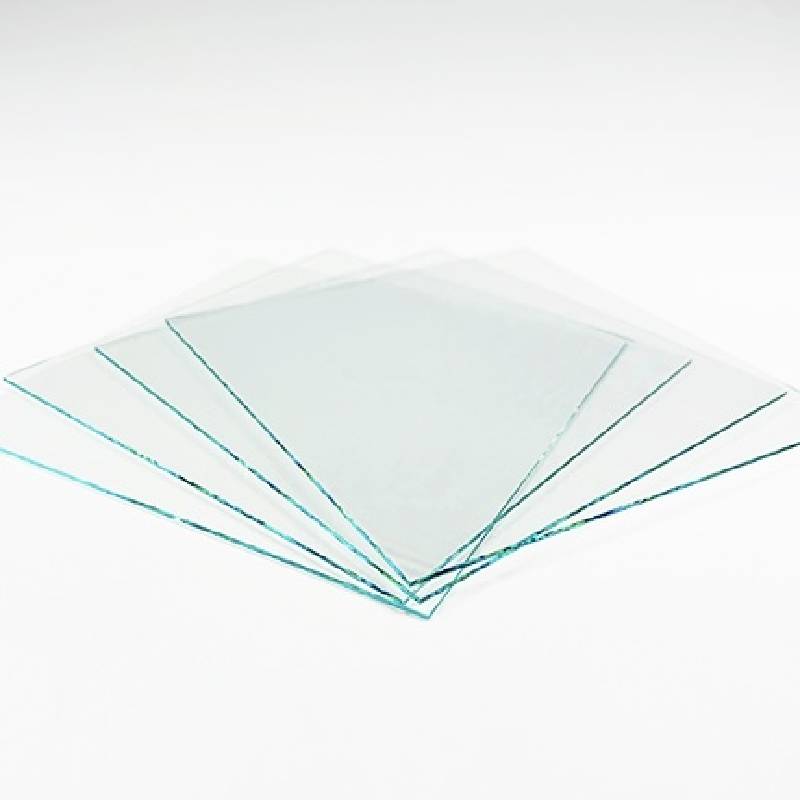

The Significance of 19mm Float Glass in Modern Architecture
Float glass, a popular medium in construction and design, boasts a myriad of benefits that make it an essential material in modern architecture. One specific thickness that has gained widespread attention is 19mm. This thickness strikes a perfect balance between strength, thermal performance, and aesthetic appeal, making it a prime choice for a variety of applications.
Float glass is manufactured by a process where molten glass is floated on molten tin, creating a sheet that is uniform and free of imperfections. The 19mm thickness is particularly advantageous because it offers enhanced durability compared to thinner variants. This increased thickness allows designers and architects to use large panes of glass that can serve as structural elements in buildings. For instance, large glass walls can provide expansive views and natural light, creating a seamless connection between indoor and outdoor spaces.
One of the major advantages of using 19mm float glass is its strength. Thicker glass is inherently more resilient, which makes it suitable for high-rise buildings, commercial spaces, and public structures. It can withstand higher wind loads and impact forces, a crucial consideration in areas prone to extreme weather conditions. This robustness not only extends the service life of structures but also enhances safety for occupants.
In addition to its strength, 19mm float glass also provides excellent thermal insulation. The thickness helps in minimizing heat transfer, thereby contributing to energy efficiency in buildings. In an era where sustainable architecture is paramount, using materials that reduce energy consumption is essential. With the increased focus on energy-efficient designs, integrating 19mm float glass helps in reducing heating and cooling costs, tailing ideally to contemporary environmental standards.

Moreover, 19mm float glass can be treated to enhance its performance further. Special coatings can be applied to improve its thermal and solar control properties. This not only helps in maintaining comfortable indoor temperatures but also reduces glare and UV exposure, protecting furniture and interiors. As natural light is increasingly favored in modern design, having a material that maximizes daylight while mitigating adverse effects is invaluable.
Aesthetically, 19mm float glass opens up a variety of design possibilities. Its clarity and brightness can enhance any architectural project, providing a sleek and contemporary look. Large glass facades can create striking visual appeals, contributing to a building’s overall identity. The versatility of float glass allows it to be utilized in everything from residential homes and office buildings to shopping malls and public monuments.
However, it's important to consider the implications of using thicker glass in construction. The increased weight necessitates careful consideration during the structural design phase, ensuring that frames and supports can accommodate the heavier load. Additionally, costs may rise due to the need for specialized handling and installation processes. Nonetheless, when factoring in the long-term benefits—such as durability, energy efficiency, and aesthetic value—many find that the investment in 19mm float glass is justified.
In conclusion, 19mm float glass represents a harmonious blend of strength, efficiency, and beauty, making it an essential material in modern architecture. As the building industry continues to evolve towards more sustainable and innovative solutions, the role of 19mm float glass will likely expand, solidifying its status as a cornerstone in the construction of contemporary spaces. With its myriad applications and advantages, it’s clear that float glass will remain a vital resource for architects, builders, and designers for years to come.